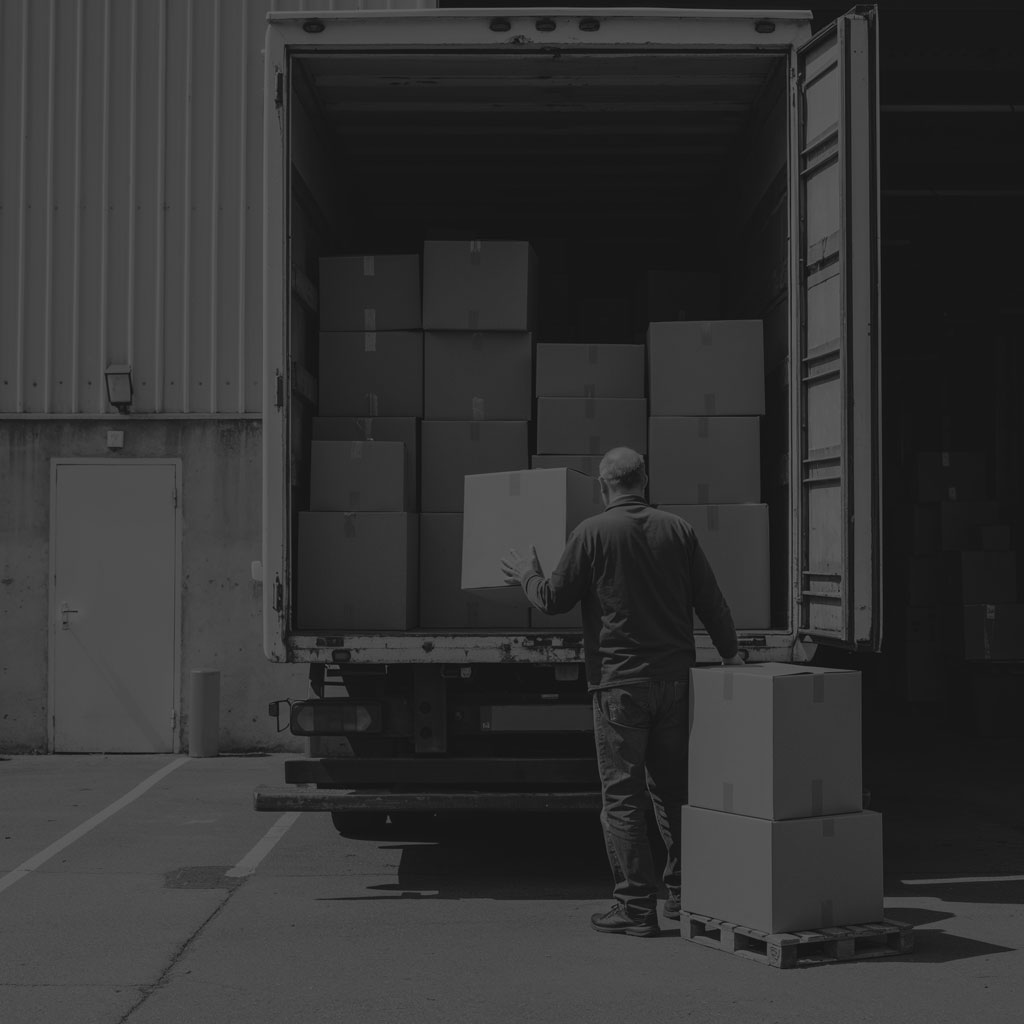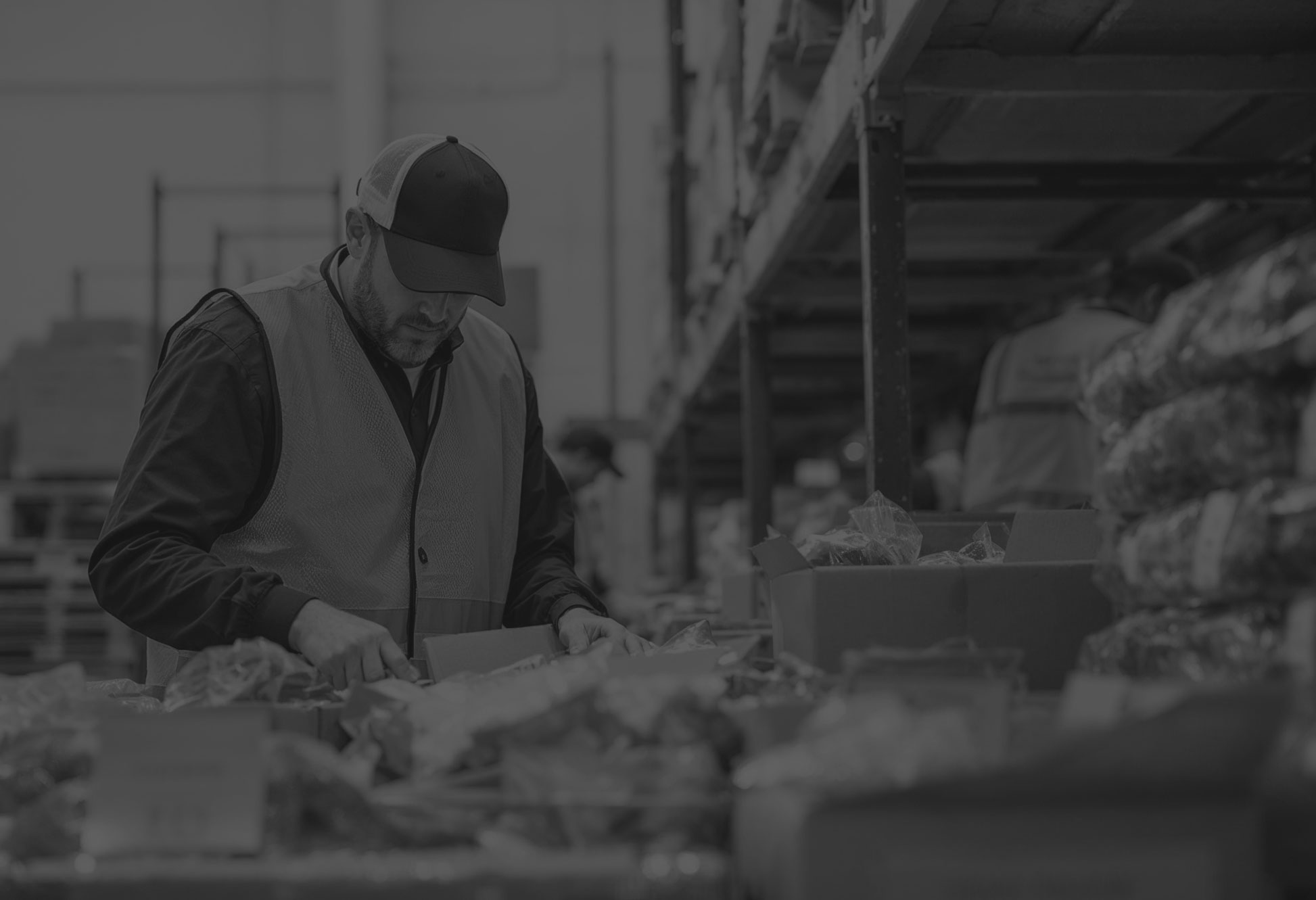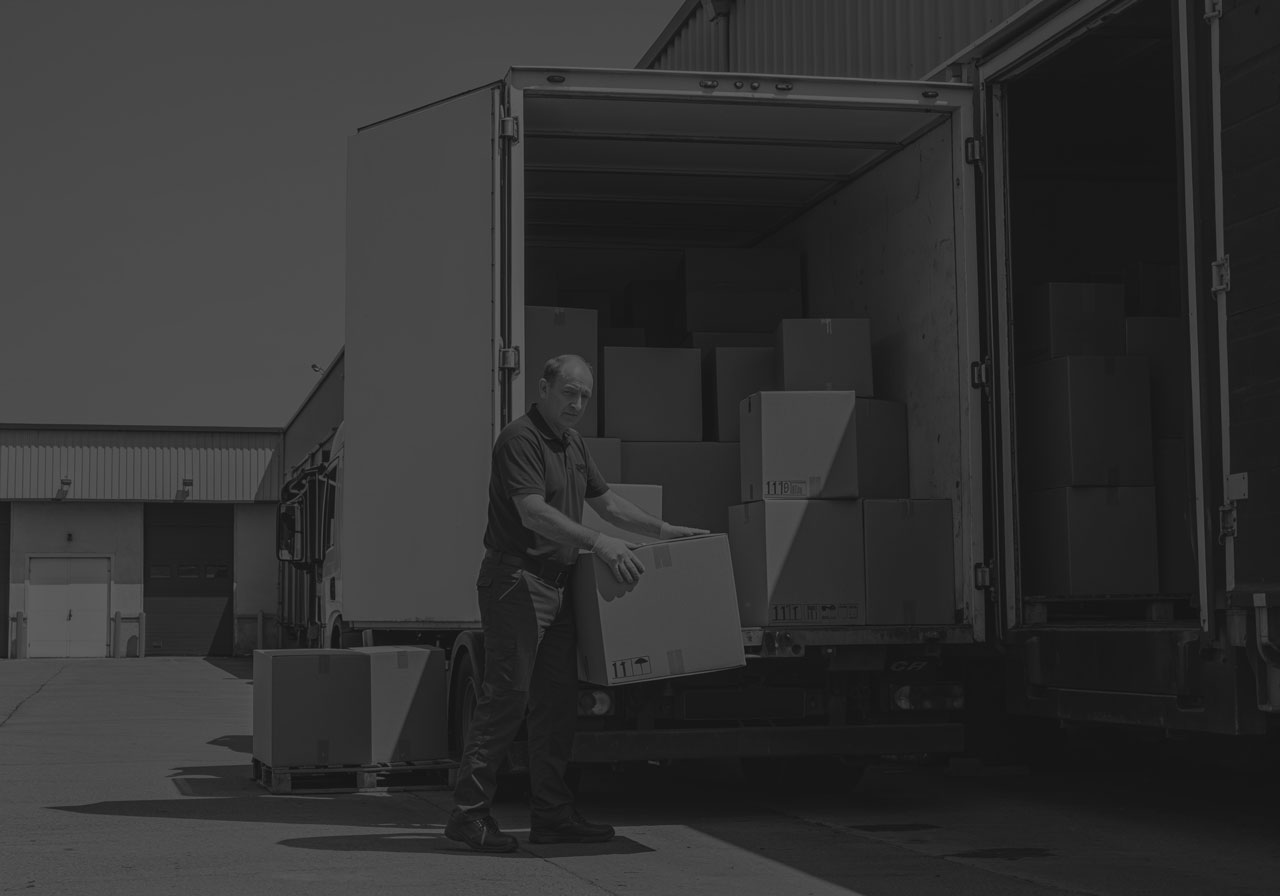Food Recall Management: A Complete Guide

Introduction.
Food recall management is the process of removing bad food products from stores and homes to keep people safe. When unsafe food reaches shoppers, it can make people sick, cost your business money, and break trust with your customers.
Food recalls happen more often than you might think. Bad ingredients, wrong labels, or mix-ups at the factory can all lead to recalls. Companies that prepare for these problems can fix them fast.
Good technology helps find problem foods quickly. Warehouse management systems like Infios (formerly Körber WMS) make all the difference when something goes wrong. Smart companies can find bad products, pull them from shelves, and tell everyone what happened – all before most people notice.
What Is Food Recall Management?
Food recall management is the plan and actions you take to find and remove unsafe food from shops, warehouses, and homes. It protects people from getting sick and helps your business follow the rules.
For recalls to work well, you need to see your whole supply chain clearly. You must know where your food comes from, where it goes, and who buys it. When problems pop up, you need to act fast by:
- Finding which batches have problems
- Taking those products off the shelves
- Telling customers and food safety officials what happened
Companies with good recall systems can find specific batch numbers in minutes and show officials the right paperwork. This quick action saves money and keeps your good name intact.

How to Implement an Effective Food Recall Management Process.
Build a Strong Recall Management Plan
Creating a good recall plan starts with picking the right team. You need people who can make fast choices when trouble comes up. Your team should include:
- Someone from quality checking
- Workers who know the warehouse
- A person who understands the rules
- Someone good at talking to the public
- A boss who can make big decisions
Your plan must spell out exactly what to do. Write down each step clearly – from how you’ll find bad batches to what you’ll tell customers.
Tracking your food inventory and batches is important. Each food product should have codes that show:
- When it was made
- What went into it
- Who supplied the ingredients
- Where it went after your warehouse
This traceability in the food supply chain helps you pull only the bad stuff, not everything you make.
Leverage Technology for Fast, Accurate Recalls
Warehouse systems like Infios (formerly Körber) WMS help you control your inventory in real-time during recalls. These systems keep track of batch numbers and where everything is stored. This lets you find bad products fast, no matter where they’re hiding.
| WMS Feature | How It Helps With Recalls |
|---|---|
| Batch tracking | Finds problem products right away |
| Location tracking | Shows exactly where bad stuff is stored |
| Picking controls | Stops workers from shipping recalled items |
| Auto-paperwork | Keeps records for inspectors |
Robots in the warehouse (called AMRs) can help too. They zoom around finding and collecting recalled products without making mistakes. This is super helpful when you’re rushing to fix a food safety problem.
Establish Clear Communication Protocols
Message systems that work automatically help you talk to everyone at once during recalls. These tools send alerts to customers, stores, and food safety officials all at the same time.
Make message templates ahead of time for different kinds of recalls:
- Wrong labels
- Allergens not mentioned on packaging
- Germs found in food
- Small objects or bits that shouldn’t be there
Your templates should have blank spots where you can add batch codes, what the health risk is, and how to return products.
Practice fake recalls regularly to find weak spots in your plan. Train your team to follow the steps, keeping messages simple and focused on keeping people safe.

Why Automation Is Critical for Managing Food Recalls.
Speed and Efficiency in Recall Execution
Automation cuts down the time between finding a problem and fixing it. Using old paper systems might take days to track everything down. With computers, you can find bad batches in seconds.
Every hour you save during a recall means less money lost and fewer people at risk. Automated systems don’t need someone to dig through paper files or walk around checking shelves.
Food safety officials expect quick responses during recalls. For companies with many different products, this speed is nearly impossible without automation. Hand-searching through paperwork and warehouse shelves simply takes too long when food safety is at risk.
Technologies That Drive Automation
Warehouse management systems in food and beverage industry like Infios WMS (formerly known as Körber) show you where everything is. The system keeps track of:
- When products move around
- Batch numbers for everything
- Where stuff is stored
- Who you shipped things to
This creates a trail you can follow instantly when problems come up.
With real-time data, you can see right away which products have problems, where they are, and who got them. This helps you pull back just the bad goods while letting the good products stay on shelves.
Warehouse robots (AMRs) help by doing the physical work. They drive around the warehouse by themselves, finding and gathering the recalled products without making mistakes.
Protecting Financial and Brand Health
Automation saves money by making recalls more precise. Instead of pulling everything off the shelves, you can target just the bad batches.
Your brand’s good name stays stronger with automation too. Shoppers remember when brands handle recalls poorly. Food industry research shows many customers switch brands after a recall, and some never come back. Fast, smooth recalls show customers you care about their safety.
Companies with good tracking systems usually fix recall problems much faster. Companies without good systems take much longer – leading to more bad news stories and bigger money problems.
Ensuring Compliance with UK Food Regulations.
Understand Key UK Regulations
The Food Standards Agency (FSA) watches over food recalls in the UK. The government’s food safety guidelines say that you must tell them right away when unsafe food gets to market. You must also take quick action to protect shoppers.
UK food businesses must follow these main rules:
These laws and rules say food businesses are responsible for keeping products safe. You must also keep records that show where all your food comes from and goes to.
Use Technology to Simplify Compliance
Modern computer systems make paperwork much easier by creating records automatically. These systems track when products were:
- Received at your warehouse
- Processed or packaged
- Stored on shelves
- Sent to customers
This information is really important when inspectors visit and you need to proof that you tick all the boxes of safety compliance.
| What Rules Require | How Technology Helps |
|---|---|
| Batch tracking | Finds problem products right away |
| Location tracking | Shows exactly where bad stuff is stored |
| Picking controls | Stops workers from shipping recalled items |
| Auto-paperwork | Keeps records for inspectors |
Digital tools capture information throughout your business. When inspectors come, you can show them everything they need right away without digging through filing cabinets.
Alert systems make sure you tell authorities on time during recalls. These tools can be set up with timelines for different problems, helping you follow the rules even when everyone’s stressed out.
Risks of Non-Compliance
Money penalties for breaking recall rules can be huge. The Food Safety Act allows unlimited fines for serious breaches of regulations. Beyond fines, people who get sick might sue your company.
Damage to your good name from badly handled recalls often hurts more than the fines. The Food Standards Agency puts all recall notices on their website, where everyone can see them.
Long-term trouble with inspectors follows compliance failures. Companies with bad recall records get more frequent inspections and extra reporting requirements, making running the business more expensive.

How Balloon One Can Help.
Balloon One provides technology solutions made for food businesses that need good recall management. Our experts set up systems that let you track products completely, run recalls automatically, and make reporting to authorities simple.
We offer Infios WMS (formerly known as Körber) to manage your warehouse, SAP Business One for whole-business visibility, and warehouse robots for automation. These tools work together to help you handle recalls faster, keep better tracking records, and make your whole operation run smoother.
We’ve helped companies like Classic Fine Foods improve their operations through technology implementation. As Christophe Jean-Louis from Classic Fine Foods noted in our case study: “The whole project ran smoothly and everything was completed on time. The products were very easily moved over on the system… And we did not get any down time which was very important to us.”
Taking the next step toward better recall readiness is easy. Contact our team at +44 (0)20 8819 9071 for a chat or send us a message and we’ll get in touch with you as soon as we can. We’ll look at what you have now and create a technology plan to make your recall management stronger.
Frequently Asked Questions (FAQ's)
The four main guidelines for handling recalled food are: Stop selling affected products right away, find and separate all affected batches using batch codes, tell food safety authorities with the right paperwork, and send clear messages to shoppers about what to do. Following these steps keeps people safe and reduces problems for your business during recalls.
The protocol for food recalls in the UK requires telling the Food Standards Agency immediately when you find a safety issue, finding all affected products using batch codes, removing these items from shops, and sending out clear public notices. The FSA posts official recall notices, but your business must do the actual recall work and keep records of everything you did to remove unsafe products.
A manager handling recalled food must check which products are affected, remove all problem items from shelves, put recalled items in a special marked area away from other food, keep detailed records of how much was found, and report back to authorities. These steps stop bad food from being sold by mistake and create records to show you followed the rules.
What are the three categories of food recalls?
The three categories of food recalls are Class I (high-risk where products could cause serious health problems or death), Class II (medium-risk that might cause temporary health issues but probably won’t cause serious harm), and Class III (low-risk involving products that break rules but probably won’t hurt anyone). The category chosen decides how urgent and big the recall actions need to be.
When handling recalled food, put all affected products in a secure area marked “RECALLED PRODUCT – DO NOT USE,” follow the specific instructions for how to throw away or return the items, write down quantities and how you disposed of everything, and keep proof of destruction or return for inspectors and insurance. This process makes sure recalled products can’t accidentally get back to shoppers and provides important records for authorities.







